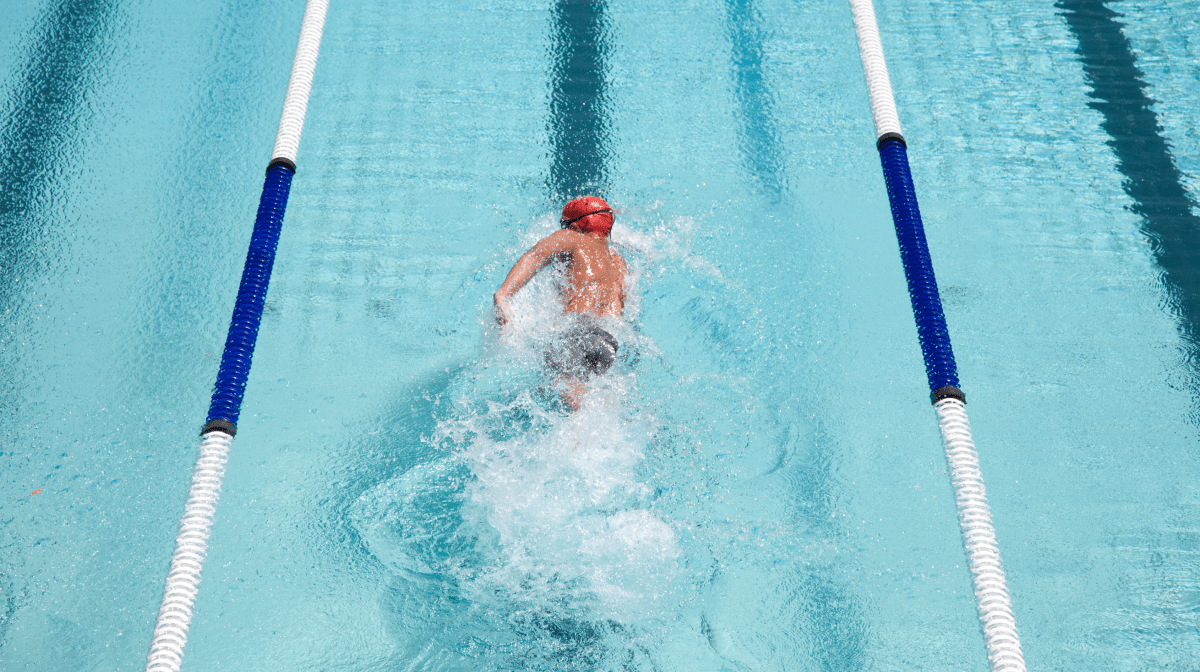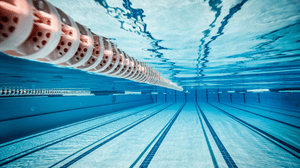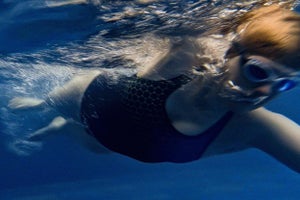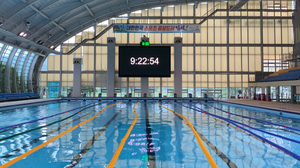
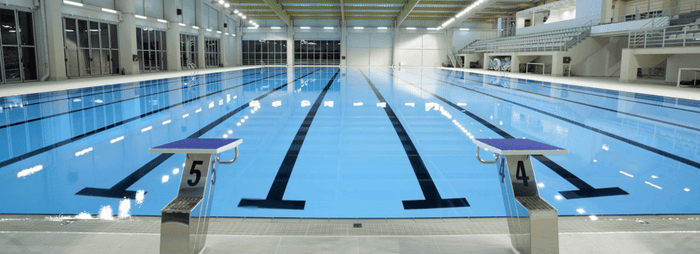
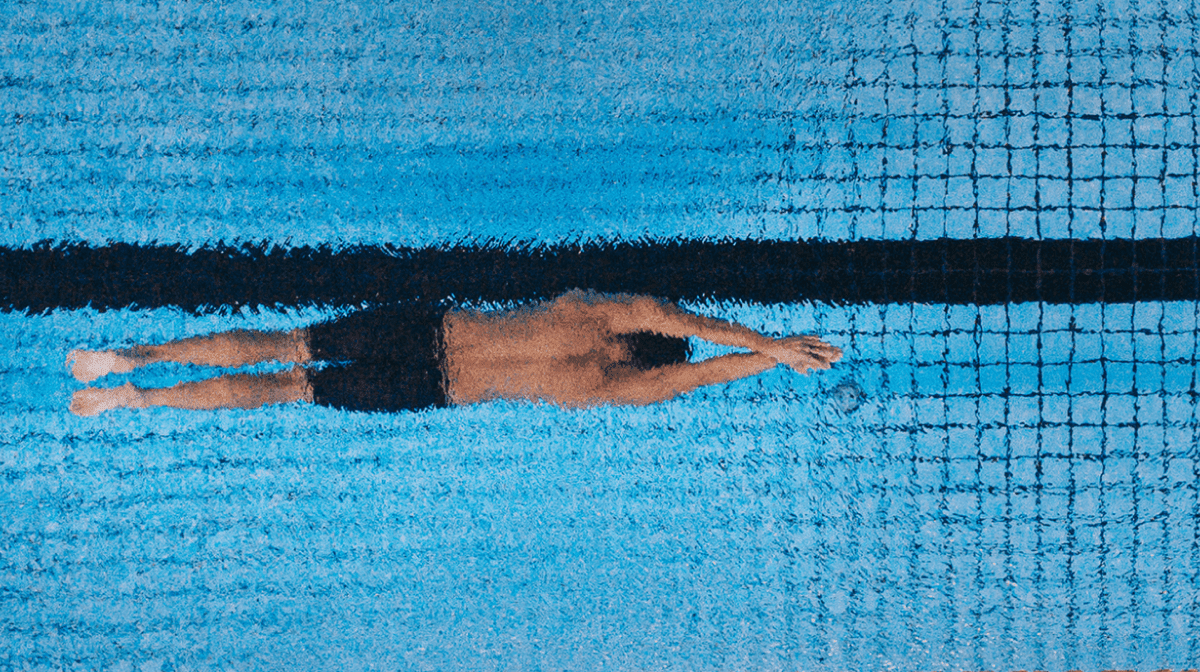
Quick Tips: Get Fit And Stay Motivated In The Pool
Need motivation? Stay on track to achieve your fitness goals with our quick tips for rediscovering your love of the pool.
Here’s why you should give it a try…
Swimming is low-impact
Depending on your type of injury, swimming can offer a low-impact, all-over body workout – a great way to exercise during your recovery. Being low-impact, swimming reduces additional stress on the body while helping you to be more active and feel healthier. Plus, you can use training aids, such as a pullbuoy or kickboard, to help you get more from your swim time without aggravating your injury.
Swimming can help speed up your recovery time
Being active during a recovery can help to prevent stiffening of joints and muscle deterioration, which can aid faster recovery time.
Swimming allows you to build muscle and cardiovascular strength
Swimming allows you to build both your upper body strength (through your natural swimming strokes and via a pullbuoy) and your lower body strength (by concentrating on your kicking). Swimming’s cardio benefits can also help to strengthen your heart, while the focus on performing your strokes correctly can help improve your coordination.
How to use swimming to safely aid your recovery
Although swimming is a low-impact sport, it’s important to take it slowly after an injury. Pushing yourself too hard may aggravate your injury or make it worse.
Here are some tips to help you swim safely during your recovery.
Use a pullbuoy or a kick board
Incorporating a training aid, such as a pullbuoy or kickboard, into your swim can help you to stay active while taking the strain off parts of your body that may be injured.
For example, a pullbuoy (a flotation device held between your legs) enables you to swim without kicking, which can be beneficial if you have a leg or lower body injury, or find kicking uncomfortable. Similarly, a kickboard removes the stroke element of your swim and puts the emphasis on your legs and lower body instead, which is helpful for an upper body injury. Both training aids allow you to achieve an effective cardiovascular workout while improving your muscular endurance.
Tip: for more helpful advice and information, read our guides to using a pullbuoy and kickboard.
Remain focused on good technique
A good swim technique is vital when it comes to recovering from an injury. Hit the pool with poor swimming technique and you run the risk of prolonging your recovery time or injuring yourself further. If in doubt, enlist help during your swim – a friend or swim coach can help you spot potential flaws in your swimming technique, so you can improve your form before it affects your swim further.
Want to hone your swimming technique? For tips on how to improve your swim, we have a wealth of online video tutorials covering everything from stroke tips and kick pointers to breathing and body positioning advice. Discover more at the News, Tips and Techniques section of our website.
Related Articles


